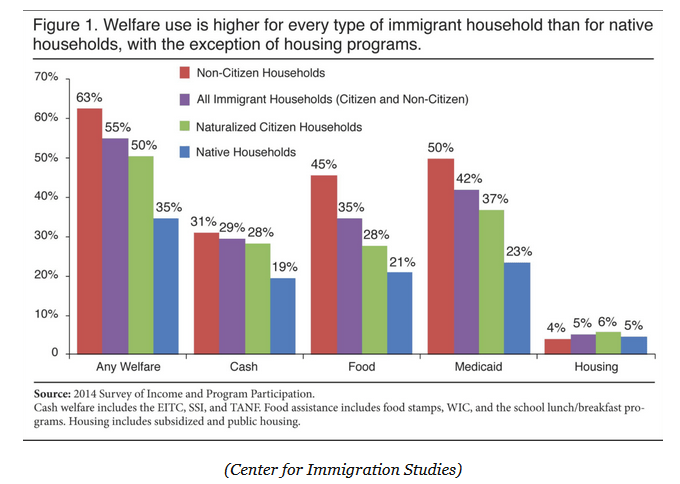The basic foundation of any western society is the family. Unfortunately many in the political left have been on a mission to destroy the American family since the 1960’s. On Wednesday The Daily Wire posted an article about the status of the two-parent family in America.
The article reports:
Children need a mother and a father — a context that more American youth than ever are lacking.
Among the 130 million households in the United States, only 17.8% feature married parents with children — down from over 40% in 1970, according to the Census Bureau.
The article quotes the Daily Mail:
There are currently just 23.1 million American homes with those ‘nuclear families,’ which is the fewest since 1959. The reasons given for the drop include the pandemic delaying marriage and a continued decline in birth rate.
The average age of a woman at her first marriage is now 28.6 years. In the 1950s and 60s, women typically married at 20.4 years old. The average age for men to marry for the first time in 2021 was 30.4 years old. America’s fertility rate dropped to 55.4 births per 1,000 in the second quarter of 2021, down from 58.5 in the same period of 2019.
Americans are also living alone at a higher rate than they used to. The percentage of adults in the US living with a spouse was 50 percent, down from 52 percent 10 years ago. Over 37 million adults lived alone in early 2021, up from 33 million in 2011. As far back as 1960, 87 percent of adults lived with a spouse.
Oddly enough, there is a government program that is related to this decline:
When the War on Poverty began paying single mothers, the number of single mothers increased. When the government subsidizes something, that something increases. Television also played a role in glamorizing single-parent families. Murphy Brown was a prime example.
The article at The Daily Wire also notes:
Analysts and commentators have pointed toward declining rates of religiosity, higher living expenses, the permutation of LGBTQ ideology, and even climate alarmism to explain the erosion of the American family. Indeed, the United States economy is already feeling pressure from the nation’s demographic crisis — for example, through the looming insolvency of Social Security and other programs.
I would suggest that a decline in acceptance of the basic values that America embraced before the 1970’s also plays a major role. Again, the culture has downplayed the importance of fathers and the role of mothers in raising their children. Children who grow up in stable two-parent homes have a much better chance of being successful and well-adjusted than children who grow up fatherless.










